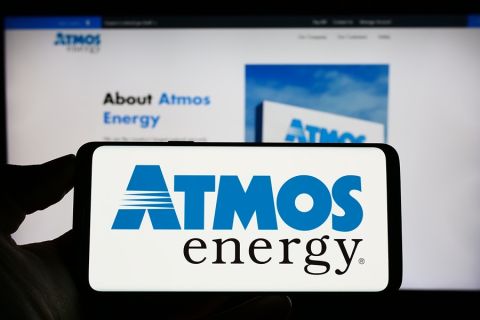Exxon Mobil Corp. is limiting output at its flagship offshore project in Guyana to 100,000 barrels-per-day (bbl/d) due to more issues with the reinjection of natural gas, the South American country’s environmental regulator said Aug. 21.
Exxon, which operates the Stabroek Block in a consortium with Hess Corp. and China’s CNOOC Ltd., had initially planned to ramp up output for this first phase of the Liza project to its full capacity of 120,000 bbl/d in August, Exxon Senior Vice President Neil Chapman said during a July earnings call.
But mechanical issues with gas compressing equipment are preventing Exxon from reinjecting all of the natural gas produced alongside the light, sweet Liza crude, prompting the company to limit output so as to not flare an excessive amount of the gas, Guyana Environmental Protection Agency executive director Vincent Adams told Reuters.
“We know that they’re doing their best to try to fix it, but the bottom line is it’s not fixed,” Adams said.
Natural gas flaring is a significant source of climate-warming greenhouse gas emissions. Guyanese authorities say Exxon should eliminate all flaring except for a “pilot” flame, necessary for safety.
The first phase of the Liza Field “demonstrated” its full capacity of 120,000 bbl/d in the second quarter, Chapman said in July. But in June, the company slashed output to around 30,000 bbl/d due to gas reinjection issues, before ramping back up to around 90,000 bbl/d.
“We continue to safely complete final commissioning of the gas handling system,” an Exxon spokesperson said Aug. 21. “Once the system is fully commissioned, we will be able to produce at full capacity.”
Exxon and its partners have discovered more than 8 billion barrels of recoverable oil and gas off Guyana’s coast, which is expected to transform the poor country’s economy.
Recommended Reading
LLOG Announces Unexpected Passing of Founder, Chairman Gerald A. Boelte
2024-02-23 - LLOG Exploration’s founder and chairman Gerald A. Boelte unexpectedly passed away on Feb. 22.
NOV's AI, Edge Offerings Find Traction—Despite Crowded Field
2024-02-02 - NOV’s CEO Clay Williams is bullish on the company’s digital future, highlighting value-driven adoption of tech by customers.
Atmos Energy Announces Quarterly Dividend
2024-02-11 - Atmos’ dividend marks the company’s 161st consecutive quarterly dividend.
Occidental Increases Annual Dividend by 22%
2024-02-11 - Occidental Petroleum Corp.’s newly declared dividend is at an annual rate of $0.88 per share, compared to the previous annual rate of $0.72 per share.
Atlas Energy Solutions Declares Dividend
2024-02-09 - Atlas Energy’s dividend represents a 5% increase from the previous quarter’s dividend.





